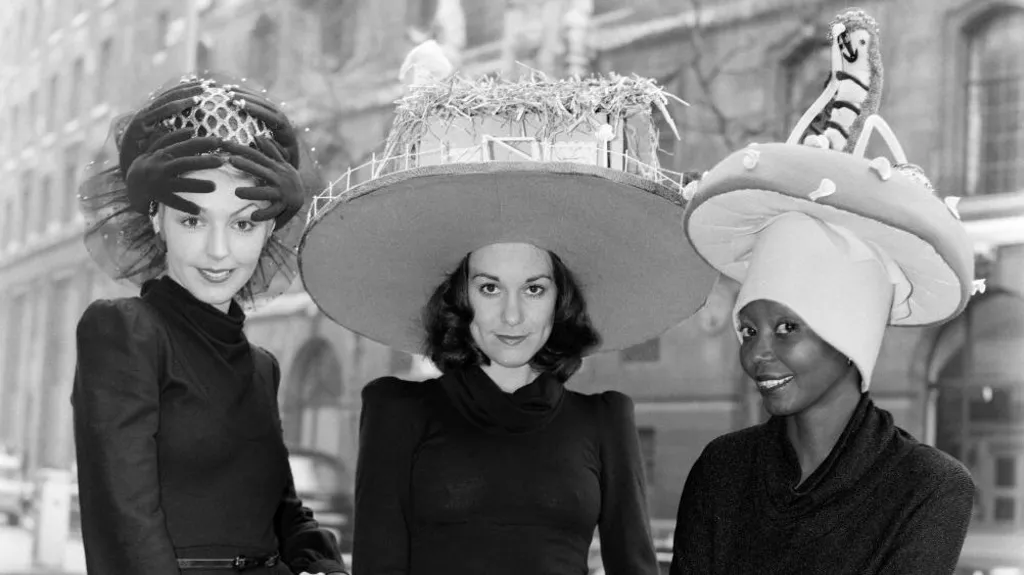Traditionally, Easter was a time to wear new clothes. After the self-denial of Lent, it was a chance to celebrate in style – and represented the emergence of a new, reborn, person.
Samuel Pepys wrote in his diary in 1662 about getting new clothes for his wife "against Easter" and Shakespeare's Mercutio asks, "Didst though not fall out with a tailor for wearing his new doublet before Easter?"
It was considered lucky to first wear new clothes to church, and many people would proudly display their new garments by taking a promenade afterwards through town – hence the Easter parade.
But if a new outfit is beyond the budget – a newly trimmed hat would suffice.
And this was a sentiment indulged by the then London Tourist Board which obligingly ran annual Easter Bonnet competitions.
So take a look.
